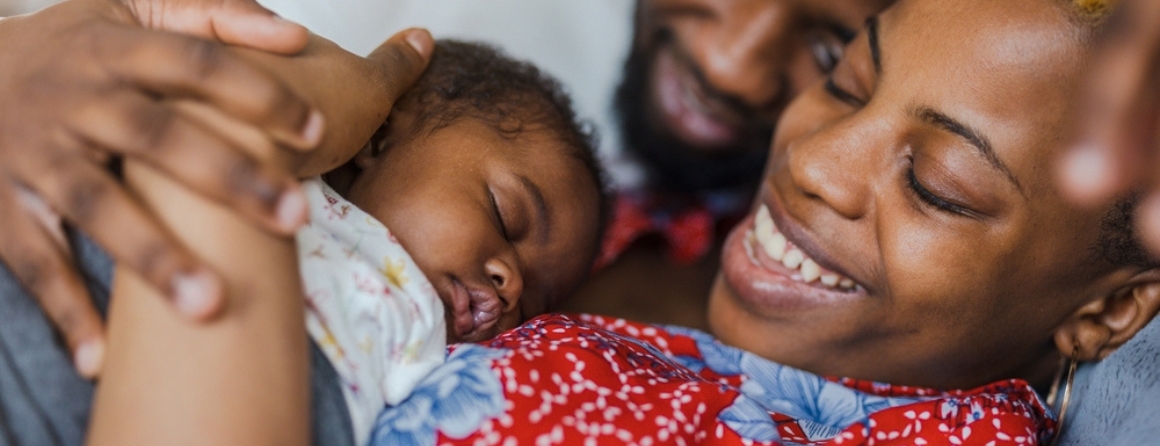Obesity

Obesity is when a person has too much body fat. Being overweight or obese puts children and adolescents at higher risk of current and future health problems.
Overweight and obese children are above their healthiest weight. Obesity is a more serious form of being overweight.
Being overweight or obese is one of the biggest issues facing children and occurs when the energy they receive from food and drink is greater than the energy used through physical activity and growing. The extra energy is stored as fat.
Children and teenagers carrying excess weight are more likely to develop health problems such as heart disease and diabetes in adulthood. Some develop weight-related problems such as diabetes when adolescents.
Excess fat can also lead to early puberty and menstrual problems in girls, breathing problems during sleep, depression, hip and joint problems, kidney, liver and digestive problems, and high cholesterol and blood pressure.
Helping children resolve weight issues improves health, wellbeing, social life and schooling.

Who does it affect?
Who does it affect?
- One in four Australian children and adolescents aged two to 17 is overweight or obese. That’s about 2 million children and teens, including approximately 330,000 Victorians.
- In 2017-2018, 17 per cent of our children and teenagers were overweight and one in 12 (8.2 per cent) were obese.
- Rates of being overweight or obese are similar for males and females.
- In 2018-2019, 38 per cent of Indigenous children and adolescents were overweight or obese, a rise of 31 per cent in six years.
Our obesity research
Our obesity research
Obesity rates in Australian children have risen steadily and despite stabilising, too many remain overweight. We’re seeking solutions for better health for children now and the adults they’ll become.
We’re estimating the effectiveness of different approaches to childhood obesity, exploring obesity patterns through generations to learn what can disrupt patterns, investigating which early growth patterns are most damaging to adolescent hearts and are trialling ‘nudge’ interventions which target choices that underpin eating behaviour.
We’re researching links between childhood obesity and its health-related complications including type 2 diabetes, heart disease and cancer. Projects include improving the clinical management of overweight and obese youth and investigating the role of the protein IGFBP-2 in obesity and diabetes development. The protein holds potential for the development of new treatments.
We’re investigating how early life exposure to infection might increase obesity risk and researching early life changes that lead to obesity including low-level inflammation.
We’re leading research to see if overweight and obese children and teenagers who lose weight regain it which may reveal at what age the body begins to defend a heavier weight.
Another project aims to reduce the number of babies born with low birthweight as this increases obesity risk in adulthood, and our Generation Victoria initiative is investigating obesity by following babies and parents.
A New Zealand collaboration aims to improve understanding of how what we eat as children and adults interacts with environmental factors and genes to determine obesity.
Impacts of our research

Impacts of our research
Our Australian-first CheckPoint study did 20 health tests on nearly 1,900 children aged 11-12 and their parents and investigated physical activity, diet and weight.
Findings reported in over 60 studies gained widespread media coverage and are influencing behaviour, policy and industry to change the environment, making healthy choices easier.
It found most children were not active enough for good health, exercising for on average half an hour per day, and two-thirds of adults were overweight/obese.
Child obesity predicted poorer heart function, abdomen obesity predicted poor hearing, and children who measured poorer health outcomes were at greater risk of diabetes, heart and lung disease, cancer and osteoporosis in adulthood.
Snacks comprise 30 to 40 per cent of food intake making smaller portions and better snacks desirable. It wasn’t inevitable that children inherited their parents’ body shape or weight as we only identified a moderate link between child and parent body mass index, suggesting environment drives the obesity endemic.
Our other studies found:
- Obesity duration determines the likelihood of developing heart disease, type 2 diabetes and cancer.
- World-first findings that obese children who shed kilos and maintain a healthy weight into adulthood return their health status to having the same risks of diabetes and heart disease as if they’d never been obese.
- Five childhood risk factors in a world first 50-year study including being obese/overweight increase the chance of heart attacks and stroke in adulthood.
- Overweight or obese toddlers showed signs of cardiovascular disease at age 11 to 12.
- Giving babies solid foods at five to six months may reduce obesity risk.
- Adolescent obesity rates have doubled worldwide but a child’s and a mother’s body mass index and a mother’s education level can predict weight problems by adolescence.
- A jump in adolescents with anorexia nervosa admitted to hospital who weren’t underweight, predicting more eating disorders in overweight children who engage in extreme behaviours to lose weight.
- Repeated infections in infancy which cause inflammation can predispose adults to obesity and heart disease.
- Maternal obesity during pregnancy predicts childhood obesity.
- Overweight/obese adults have more severe COVID-19.
Our vision
Our vision
Our goals are to help people lead healthier lives by preventing childhood obesity and helping overweight children and adolescents return to healthy weights. This will prevent generations of overweight adults, associated health problems and premature deaths.









